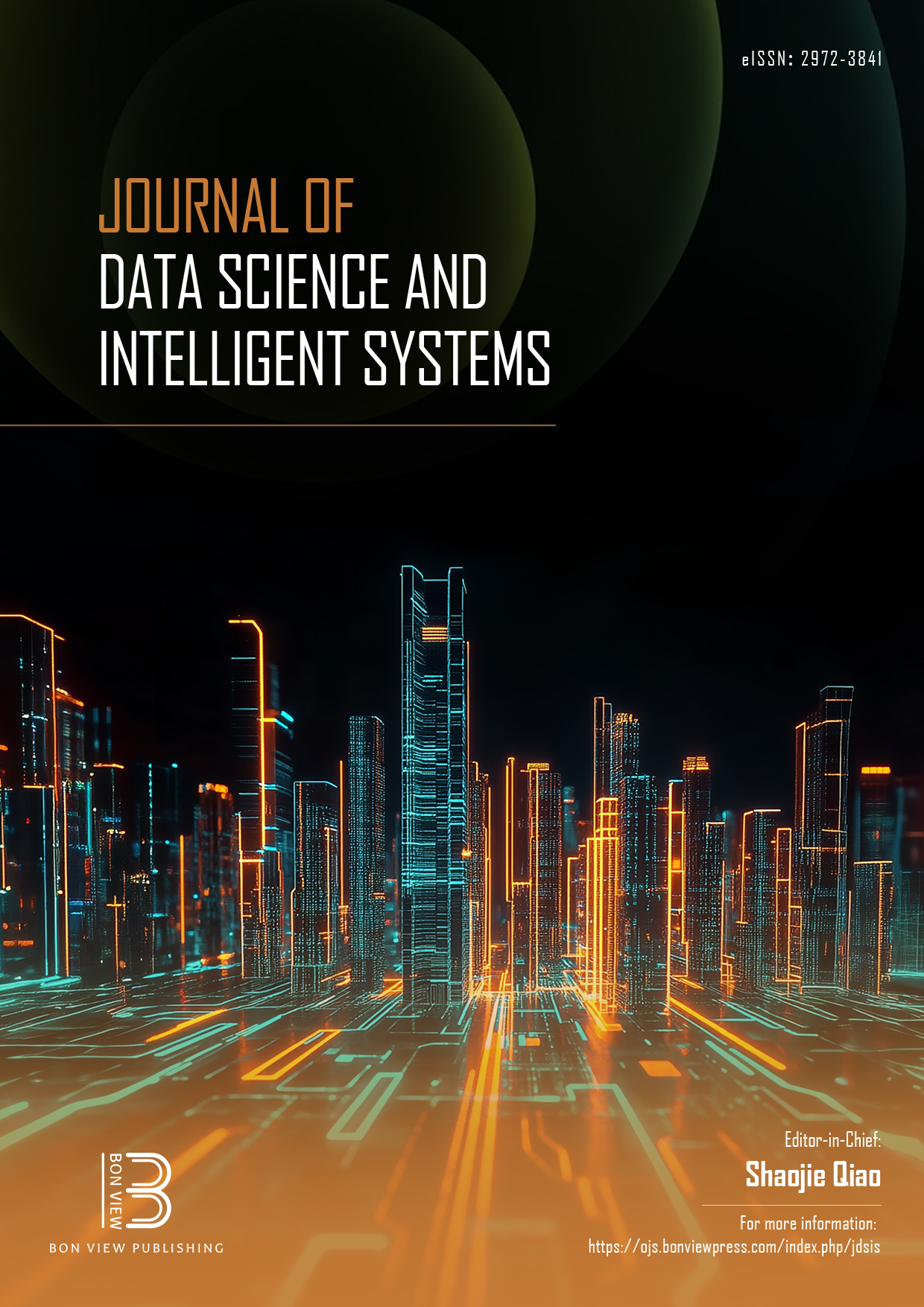Building the ARIMA Model for Forecasting the Unemployment Rate by Gender in Vietnam
DOI:
https://doi.org/10.47852/bonviewJDSIS52024415Keywords:
ARIMA, forecast, unemployment rate, gender, macroeconomicAbstract
Unemployment is a significant macroeconomic issue that affects not only economic development but also the social and psychological well-being of individuals and families. In Vietnam, growing attention has been given to the potential disparity in unemployment rates between men and women, as such differences may reflect structural inequalities in the labor market. This study applies the ARIMA (AutoRegressive Integrated Moving Average) model to forecast gender-specific unemployment rates using official data from 2011 to 2023. The results reveal that although there are fluctuations in unemployment rates for both genders throughout the observed period, the differences are relatively small and not statistically significant. Nonetheless, even minor disparities may suggest the existence of unequal access to employment opportunities, particularly for women in certain regions or sectors. Based on these findings, the report proposes several policy recommendations aimed at fostering a more inclusive labor market. These include expanding access to vocational education and skills development programs for women, implementing gender-sensitive employment policies, and encouraging both public and private sectors to adopt equitable recruitment practices. Furthermore, the enhancement of labor market monitoring systems and the continued use of forecasting tools like ARIMA can support policymakers in anticipating changes and designing timely, data-driven responses. Overall, this study contributes to a deeper understanding of gender-related employment trends in Vietnam and provides practical insights for government agencies, researchers, and policy planners working to promote equal labor market participation and reduce unemployment across all segments of the population.
Received: 23 September 2024 | Revised: 18 March 2025 | Accepted: 4 September 2025
Conflicts of Interest
The authors declare that they have no conflicts of interest to this work.
Data Availability Statement
Data are available from the corresponding author upon reasonable request.
Author Contribution Statement
Quang Phung Duy: Conceptualization, Methodology, Writing – review & editing, Supervision, Project administration. Huyen Linh Nguyen: Methodology, Formal analysis, Investigation, Data curation, Writing – original draft, Writing—review & editing, Project administration. Tra My Dinh Thi: Software, Validation, Formal analysis, Data curation, Writing – original draft, Writing – review & editing, Project administration. Ha Anh Ta Thi: Investigation, Writing – original draft, Writing – review & editing, Visualization, Project administration. Phuong Thuy Nguyen: Investigation, Resources, Data curation, Writing – original draft, Writing – review & editing, Project administration. Trung Kien Hoang: Investigation, Writing – original draft, Writing – review & editing, Project administration.
Downloads
Published
Issue
Section
License
Copyright (c) 2025 Authors

This work is licensed under a Creative Commons Attribution 4.0 International License.


